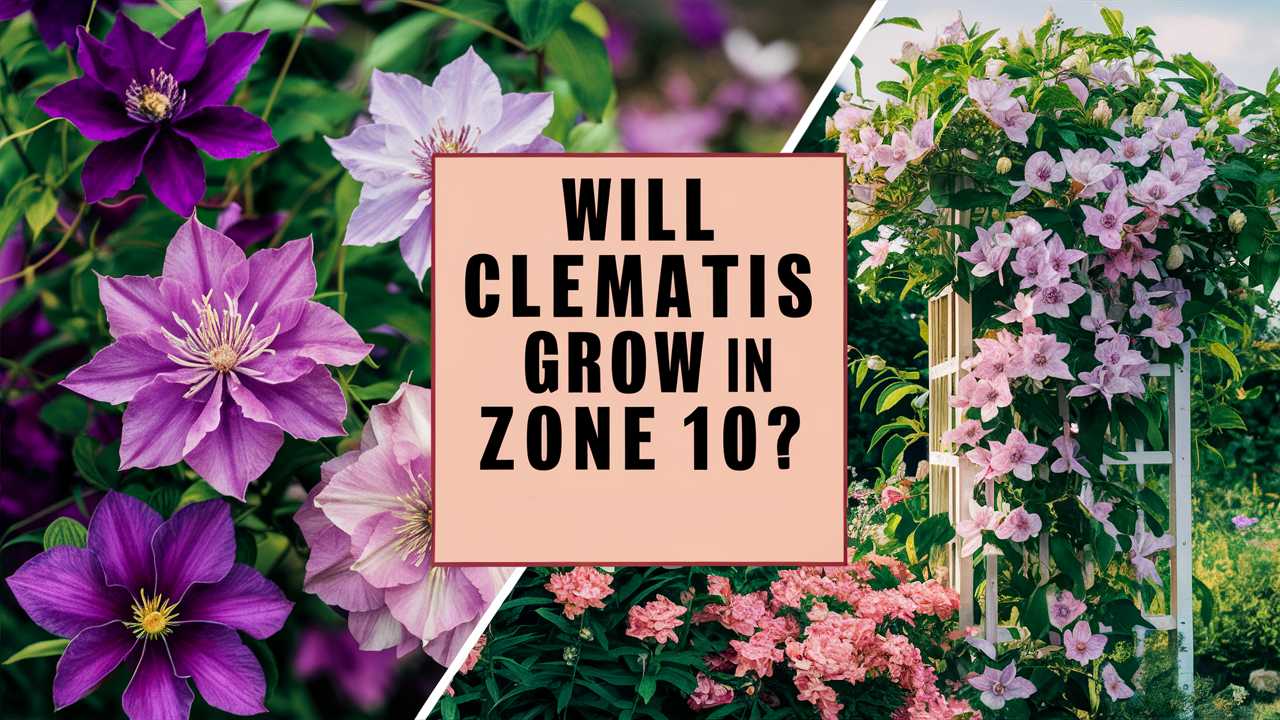This guide will explore the nuances of growing clematis in Zone 10, delving into the specific requirements, suitable varieties, and practical tips to ensure your clematis flourishes.
Understanding Clematis: A Brief Overview
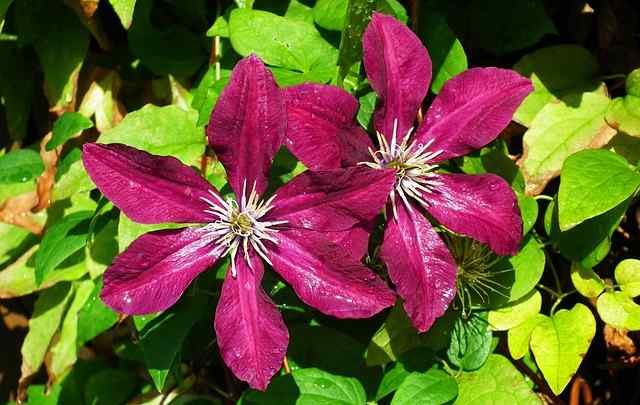
Clematis is a genus of flowering vines in the buttercup family, Ranunculaceae, boasting about 300 species. They are renowned for their large, vibrant flowers that bloom in various colors, shapes, and sizes. Clematis can be divided into three main groups based on their flowering habits:
Group 1: Early bloomers, typically flowering on previous year’s growth.
Group 2: Produce blooms on both old and new wood, flowering in late spring and summer.
Group 3: Flower primarily on new wood, blooming later in the summer.
Each group has unique requirements and characteristics, and understanding these will be crucial in deciding whether they can adapt to Zone 10 conditions.
The Climate of Zone 10
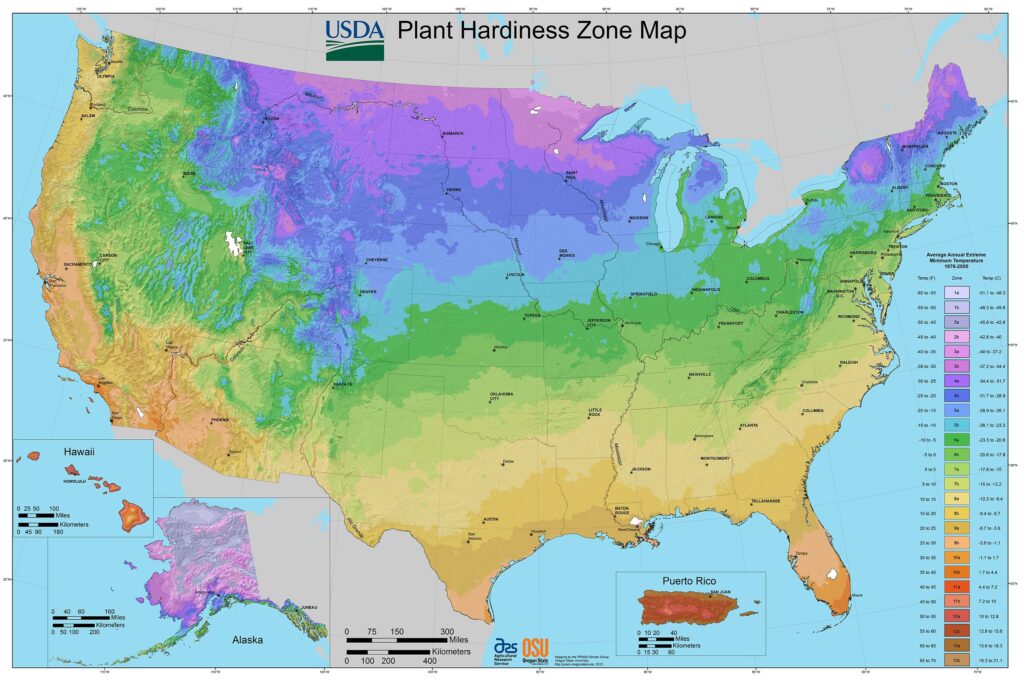
USDA Zone 10 encompasses regions with average annual minimum temperatures ranging from 30 to 40°F (-1 to 4°C). Common locations include parts of southern Florida, southern California, and regions near the coast in Texas and Arizona. The zone is characterized by:
Mild Winters: The winters are typically warm, with frost being a rare occurrence.
Long Growing Seasons: The extended warm season allows for a diverse range of flora.
Humidity and Sunshine: These regions also experience high humidity and plenty of sunshine, creating a unique challenge for some plants.
Understanding these climatic elements is essential when considering whether clematis can thrive in your garden.
Will Clematis Thrive in Zone 10?
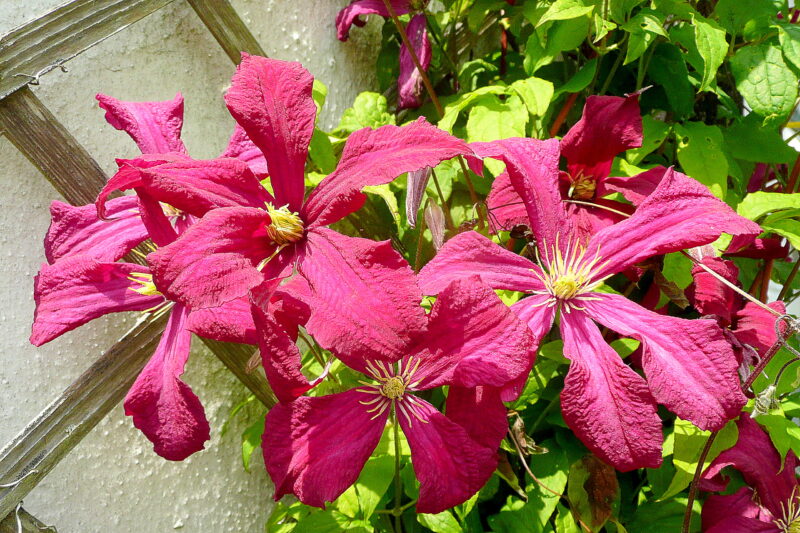
Generally speaking, clematis can grow in USDA Zone 10; however, success largely hinges on careful selection of the right varieties and techniques. The key factors influencing the growth of clematis in warmer climates include temperature tolerance, sunlight exposure, and proper care.
Temperature Tolerance
One of the biggest concerns with growing clematis in Zone 10 is temperature tolerance. Many clematis varieties prefer cooler summers. However, several species and hybrids have demonstrated resilience in warmer climates. Specifically:
Clematis ‘Jackmanii’: This hardy perennial displays prolific flowers and adaptability, thriving in full sun to partial shade.
Clematis ‘Nelly Moser’: Known for its striking bi-colored flowers, this variety performs well in various climates, including warmer zones.
In general, you want to select types known for their heat tolerance.
Sunlight Exposure
Clematis is famous for its need for sun, typically requiring at least six hours of sunlight daily to flower abundantly. However, the intense heat and direct sunlight of Zone 10 can stress plants. Therefore, consider the following:
Partial Shade: Many clematis varieties appreciate a bit of afternoon shade, especially during the hottest months. Create a microclimate where the plant receives morning sun and protection from the harsh afternoon sun.
Providing Support: Whether using an arbor or a trellis, ensuring your clematis has proper support can create filtered shade that promotes healthier growth.
Mulching: Apply a thick layer of mulch around the base of the plant—this can help keep the roots cool and moisture-retentive in a zone that’s often hotter than recommended.
Watering Needs
Hydration is critical for the successful establishment of clematis in Zone 10. This region may experience dry spells, so be prepared to regularly water your plants. Here is what to consider:
Soil Moisture: While clematis prefers well-drained soil, it dislikes drying out entirely. Regular watering helps maintain optimal soil moisture, especially in the initial growth phase. Aim for deep but less frequent watering.
Drip Irrigation Systems: These can mitigate the stress of heat by delivering consistent moisture directly to the root zone.
Monitoring: Keep an eye on the leaves for signs of dehydration—if they start turning brown or wilting, it may be time to readjust your watering strategy.
Soil Requirements
Clematis thrives best in rich, well-aerated soil. Whether you are planting in ground or pots, consider the following tips:
Soil Composition: Dormant clematis requires sod or humus-rich soil. A mixture of compost, peat moss, and sand can provide the right balance of nutrients and aeration.
pH Levels: Clematis generally prefers a slightly acidic to neutral pH (6.0-7.0). A soil test can help you determine the necessary amendments.
Drainage: Good drainage is key. Standing water can cause root rot—a significant risk in particularly wet seasons. Ensure that containerized plants have drainage holes, and amend heavy clay soil with sand or fine gravel to improve drainage.
Best Clematis Varieties for Zone 10
As previously mentioned, not all clematis will thrive in hot conditions; however, numerous varieties have proven their mettle in warmer climates. Here are some of the best clematis varieties for Zone 10:
1. Clematis ‘Jackmanii’
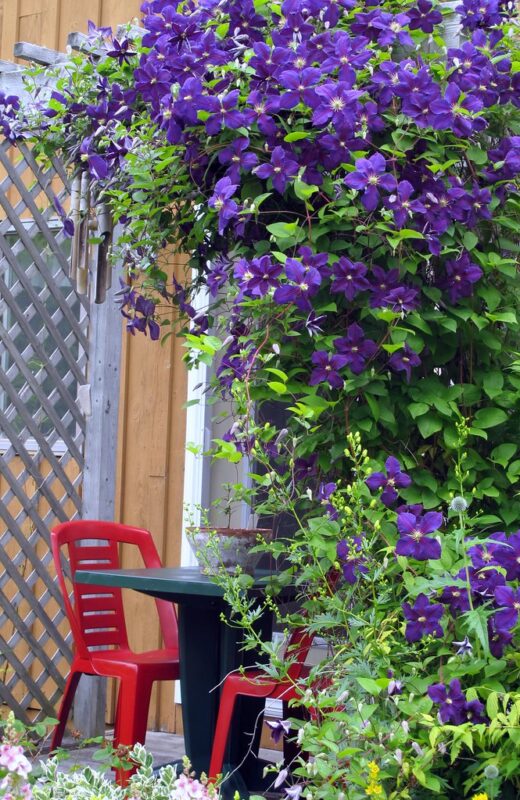
This classic variety blooms with large, deep purple flowers and can reach heights of up to 10-12 feet. It’s a Group 3 variety, which means it flowers on new growth. Pruning is easy, making it suitable for beginners.
2. Clematis ‘Sweet Autumn’

Perfect for those hot climates, this hardy vine can grow rapidly and produces fragrant white flowers in late summer and fall. It tolerates drought better than other varieties and can cover an area quickly.
3. Clematis ‘Nelly Moser’

With its showy, pink-striped flowers, ‘Nelly Moser’ performs well in various conditions and tolerates the warm sun. This is a Group 2 clematis, so you’ll enjoy blooms in spring and summer.
4. Clematis ‘Hagley Hybrid’
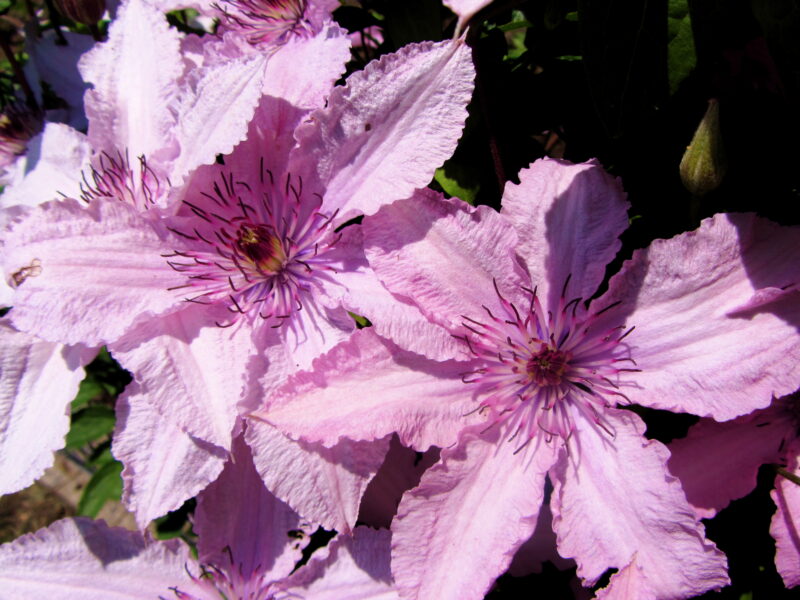
This gorgeous variety features light pink blooms and semi-double flowers, making it a beautiful addition to your garden. Moreover, it’s adaptable to different soil types and partial shade, ideal for Zone 10 gardeners.
Key Steps to Growing Clematis in Zone 10
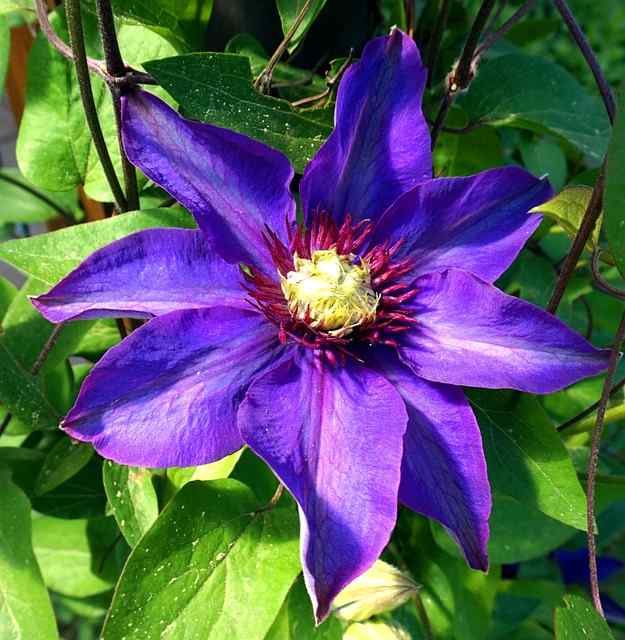
Now that we’ve outlined the considerations and varieties suitable for Zone 10, let’s delve deeper into the essential steps for successfully growing clematis in this climatic zone.
1. Site Selection
Choosing the right location for planting is crucial. Aim for areas with:
Good Sun Exposure: Ensure adequate sunlight without midday scorch.
Protection from Wind: Windbreaks can help minimize desiccation.
2. Planting Time
Timing your planting can make a significant difference in how well your clematis establishes itself. The optimal time to plant clematis is during the spring after the last frost. Alternatively, in mild regions of Zone 10, fall planting can also work for establishing roots before winter.
3. Proper Planting Technique
When planting clematis, follow these guidelines to give them the best chance at success:
Dig a hole twice as wide but as deep as the root ball.
Amend the bottom of the hole with compost or organic matter.
Place the plant in the hole, ensuring the crown is covered by soil (so plant it deeper than in the pot).
4. Fertilizing Regimen
Clematis plants benefit from a balanced fertilizer in early spring as they begin their active growth phase. Look for slow-release formulations or organic options to promote sustained growth.
5. Regular Maintenance
Pruning: Each clematis group has specific pruning needs. Understanding when and how to prune your chosen variety can help improve flowering.
Pest and Disease Management: Be vigilant for signs of pests such as aphids or fungal infections. Regular inspections will help catch problems early on.
Landscaping with Clematis

Clematis is more than just a garden plant; it can elevate your landscape design. Here are some creative ideas for incorporating clematis into your outdoor spaces:
1. Vertical Gardens
Leverage trellises or garden structures to create a stunning vertical garden. Clematis can be an attractive focal point that enhances the architecture of your home while providing lush greenery.
2. Mixed Plantings
Combine clematis with other flowering plants or shrubs that bloom in a complementary color scheme. Mixing perennials such as daylilies or roses can offer a vibrant garden throughout the seasons.
3. Container Gardening
If you lack garden space or have concrete surfaces, consider container planting. Clematis does well in pots and can decorate balconies or patios while providing enchanting floral displays.
Conclusion
Growing clematis in Zone 10 is indeed possible, and with the right preparation, it can be a rewarding experience. Understanding the climate dynamics, selecting suitable varieties, and providing proper care can help cultivate these beauties in your garden.


